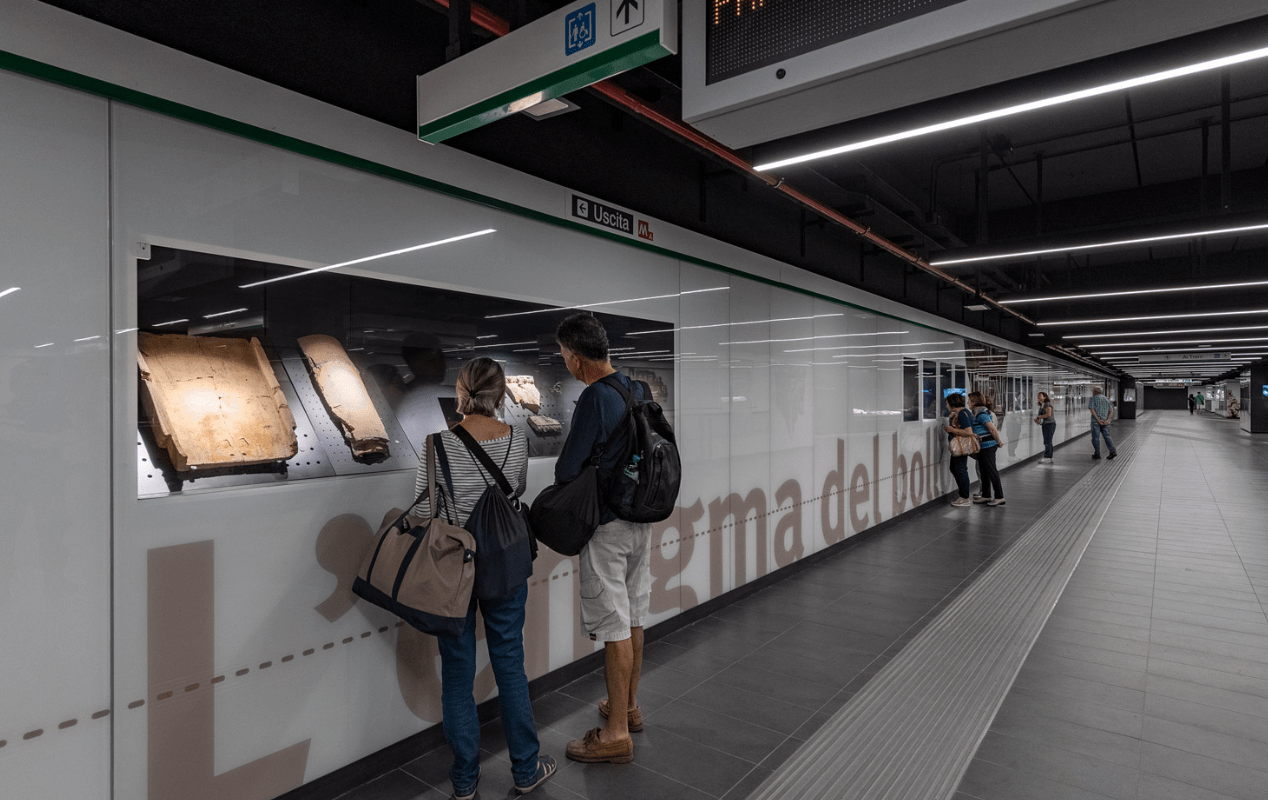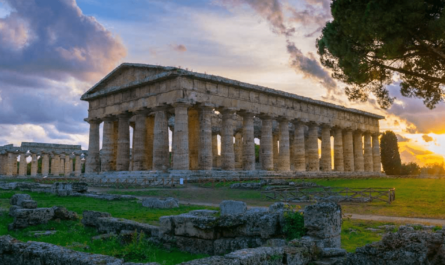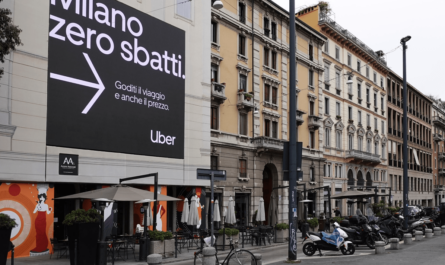Travelling on Rome Metro: To anyone visiting Rome, whether for the first time or as a return visitor, I strongly recommend taking full advantage of the city’s public transportation. Alongside the urban railway system, the Rome metro is the quickest and most convenient method to navigate both the historic center and the more suburban areas.
Fast, free from traffic delays, and punctual, the Rome metro often gets you to your destination faster than a bus or even a taxi.
If you’re looking to visit various attractions more efficiently or if your accommodation is located outside the city center, you’ll likely use the Rome metro during your stay. This guide will assist you in navigating it smoothly and without confusion.
An Overview of Rome Metro
In Italian, the metro or subway is referred to as “metropolitana” or “metro,” and in Rome, it is operated by ATAC, the same company responsible for most urban and local public transport including buses and trams.
For more details, check out our comprehensive guide to Rome’s public transport.
Rome Metro Map
With its three lines and the urban railway system, the Rome metro covers a large portion of the city. Here is a useful map that includes both metro and railway lines.
Rome Metro Lines
Rome’s metro system consists of three lines: Line A (red), Line B (blue), and Line C (green). Line A runs through the city’s central landmarks, while the other lines serve notable stations like the Colosseum (Line B) and San Giovanni in Laterano (Line C).
Rome Metro Line A
Line A extends from Battistini in the north to Anagnina in the south, featuring numerous tourist spots such as Spagna (near the Spanish Steps and Piazza Navona), Flaminio (close to Piazza del Popolo and Villa Borghese), and Ottaviano (for St. Peter’s Basilica).
Line A also covers the busy Via Tuscolana with stops like Colli Albani and Furio Camillo and includes Quadraro for street art enthusiasts. The terminal stop, Anagnina, connects to bus services for Ciampino Airport.
Rome Metro Line B
Line B includes key stations near the Colosseum and Circus Maximus. Important stops on this line include Piramide (for Testaccio and Ostiense), Basilica San Paolo (for Saint Paul Outside the Walls), and Sant’Agnese-Annibaliano (for the Sant’Agnese Fuori le Mura complex).
Lines A and B intersect at Termini, a major hub for trains and buses.
Rome Metro Line C
Unique among the lines, Line C uses Driverless technology. Currently, 24 of the planned 31 stations are operational, with the latest being San Giovanni. Future stops will include Colosseo and Piazza Venezia.
Closest Metro Stop to the Vatican
For Vatican landmarks, Cipro is nearest for the Vatican Museums, while Ottaviano is closer to St. Peter’s Basilica. From Cipro, follow Via Cipro and nearby streets to reach the Vatican Museums. From Ottaviano, walk down Via Ottaviano to Piazza Risorgimento and continue to Bernini’s colonnade.
Closest Metro Stop to the Trevi Fountain
There is no dedicated metro stop for the Trevi Fountain, but Barberini on Line A is the closest, about 600 meters away. Spagna, Repubblica, and Cavour are also relatively nearby.
How to Purchase Rome Metro Tickets
Tickets for the Rome metro can be purchased in various ways:
- myCicero App: Useful for buying single tickets or multi-day passes. This app is available for various Italian cities.
- Roma Pass: Offers unlimited access to public transport and discounts on museums.
- ATAC Ticket Offices and Machines: Available at metro stations for single or multi-day tickets and weekly cards.
- Newsagents and “Sali e Tabacchi” Shops: Common throughout the city.
- Tap&Go: Allows payment with contactless cards or NFC devices at ticket barriers.
Cost of a Metro Ticket in Rome
Single tickets cost €1.50 and are valid for 100 minutes. For longer stays or travel outside the city center, consider:
- 24h Ticket: €7
- 48h Ticket: €12.50
- 72h Ticket: €18
- Weekly Ticket: €24
How to Validate Your Rome Metro Ticket
Paper tickets should be inserted into ticket barriers to unlock them. For Roma Pass or myCicero app users, scan the barcode on the electronic reader. Ensure the metro option is activated if using the app, as you have a 5-minute window to enter once activated.
Does the Rome Metro Operate 24 Hours?
The Rome metro doesn’t operate 24 hours:
- Line A: Runs from 5:30 am to 11:30 pm, with extended hours on Friday and Saturday.
- Line B: Operates from 5:30 am to 11:30 pm, with similar extended hours on weekends.
- Line C: Functions from 5:30 am to 11:30 pm, extending on weekends.
How to Use the Rome Metro
Look for the large M sign to find metro stations. Validate your ticket or card before accessing the platform. Choose your direction based on the station signs, and try to board less crowded cars if possible. Follow the exit signs after your journey to reach the desired street.
Is the Rome Metro Safe?
The metro is generally safe, but be mindful of pickpockets, especially in crowded areas. Police and ATAC staff are present, particularly in larger stations like Termini. Always keep your valuables secure and stay alert.
Does the Rome Metro Go to the Airport?
The metro does not directly connect to the airports. For Fiumicino, take the Leonardo Express train from Termini. For Ciampino, take a coach from Termini or travel to Anagnina for a connecting coach.
Tips for Using the Rome Metro
- Avoid Peak Hours: Travel outside rush hours to avoid crowded conditions.
- Watch Your Belongings: Be cautious of pickpockets, especially during busy periods.
- Expect Strikes: ATAC may strike, affecting metro services. Check the Atac website for updates.
- Check Detours: Station closures for maintenance may require bus detours.
- Use Google Maps: Helpful for navigating the metro system and finding stations quickly.



